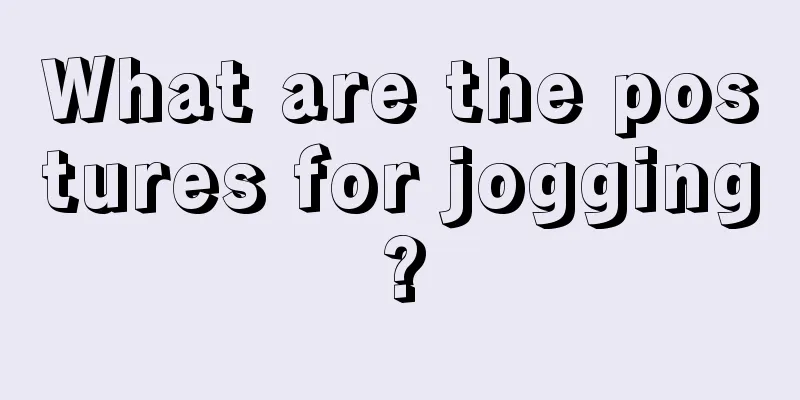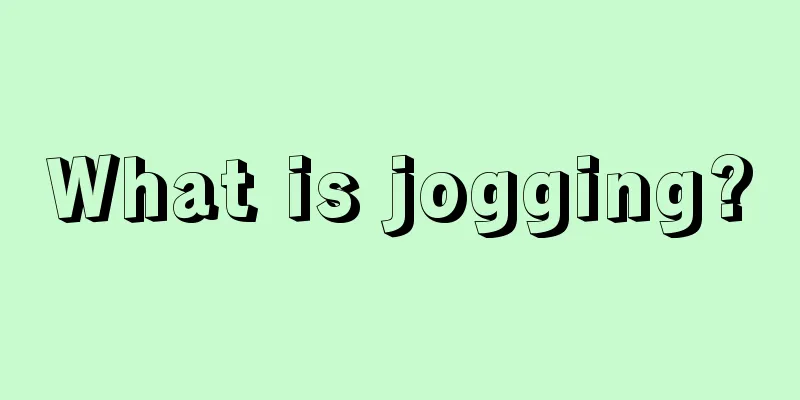What is the Yijinjing Qigong?

|
When it comes to health-preserving Qigong, many people may think it is a scam. In fact, health-preserving Qigong really exists in our lives. Among them, Tai Chi is a kind of exercise that Chinese people use to exercise their bodies, although it is not as strong as running and other exercises in terms of exercising the body. But it is a very suitable way for the elderly to exercise. So, what is the Yijinjing exercise method of Health Qigong? Yi Jin Jing is one of the important health-preserving exercises in traditional Chinese medicine. "Yi" refers to movement and activity; "Jin" refers to muscles, tendons and bones; "Jing" refers to the normal way and norm. As the name suggests, "Yi Jin Jing" is a traditional fitness method that exercises muscles, tendons and bones to make the meridians, qi and blood throughout the body flow smoothly, thereby improving health, eliminating diseases and prolonging life. According to legend, the Yi Jin Jing was taught by Bodhidharma, the founder of Chinese Zen Buddhism. During the reign of Emperor Wu of Liang (5th century AD), Bodhidharma crossed the sea to the north to the Shaolin Temple in Songshan, Henan, and taught the Yi Jin Jing to his disciples. At that time, the purpose was just to relieve the drowsiness and fatigue of sitting meditation, so the movements mainly included stretching the waist and kicking the legs, etc. to open up the blood vessels and strengthen the tendons and bones. The movements were mostly based on imitating various working postures in ancient times. Later, it gradually spread and was recorded in many health books of successive dynasties since the Tang Dynasty, becoming one of the most widely spread fitness techniques among the Chinese people. Yi Jin Jing is also a kind of exercise that closely combines mind, breathing and movement. It places particular emphasis on the training of mind. During the activity, it requires the elimination of distracting thoughts and, through the focus of consciousness, strives to achieve "movement follows the will, mind follows the breath" so as to use the mind to regulate the tension of muscles and tendons. Its unique "stretching tendons and bones" exercise form can make the muscles, tendons and bones get consciously focused, pulled, contracted and extended in soft, slow, gentle and gentle activities. Long-term practice will make the muscles and ligaments elastic, and enhance their contraction and relaxation abilities, thereby improving their nutrition. At the same time, it makes the meridians, qi and blood of the whole body unobstructed, the internal organs harmonized, the spirit full and the vitality vigorous. Of course, long-term exercise is required to achieve the effects of radiant complexion, sharp hearing and eyesight, and strength in old age. The Yi Jin Jing includes two training methods: internal and external strength, each with twelve postures. The Yi Jin Jing internal strength is performed in a standing position, with a certain posture and breathing induction, to gradually strengthen the functions of the tendons, veins and internal organs. Most people use static force. Breathing should be comfortable and natural, and do not intake any air. According to ancient legends, there are twelve postures and exercises in the Yi Jin Jing, namely Wei Tuo presenting the pestle (three postures in total), picking stars and changing buckets, three plates falling to the ground, spreading claws and spreading wings, pulling the nine oxen's tails, nine ghosts drawing sabers, blue dragon extending claws, crouching tiger pouncing on its food, bowing, and Gong Wei posture. Key points of Yi Jin Jing exercise: (1) Keep your mind calm and focus on Dantian. (2) Place your tongue against the upper palate and breathe evenly and slowly, using abdominal breathing. (3) Combine relaxation and stillness, and softness and hardness. Relax your body naturally, move as you wish, and let your mind follow your breath. Don’t be tense or stiff. (4) When exerting force, the muscles should gradually contract, reach a tense state, and then slowly relax. What is the Yi Jin Jing exercise that is popularized as a health-preserving qigong? After reading the above introduction, you will find that it is a good choice for traditional Chinese medicine health preservation. So everyone can choose the exercise method that suits them according to their physical condition. This is not only helpful for your physical health, but also a way to cultivate your character. |
<<: What are the 12 Health Qigong Postures?
>>: What are the fitness equipment for abdominal muscles?
Recommend
How to train your waistline
As modern women become more aware of their pursui...
Breathing rhythm while running
Maybe many of us just run casually without master...
How to breathe during strength training
From the perspective of professional sports stand...
Do you know the technique of hula hooping?
Do you know the techniques of hula hooping? For t...
When is the best time to run for weight loss?
Running is a method of exercise to lose weight. R...
How should a fitness bike fitness plan be formulated?
Nowadays, some people don’t like going to the gym...
What to eat to grow muscles
Many people think that they should not eat certai...
Common fitness mistakes
Fitness exercises have been loved by more and mor...
Which is more effective for weight loss, skipping rope or running?
Friends who like skipping rope think that it is t...
What is yoga for bowel movement?
Some friends may have constipation, and the leg m...
What are the outdoor hiking tips?
With the development of real life, many people of...
Physical fitness exercises_How to exercise if you have poor physical fitness
In fact, our physical fitness is determined when ...
Can I do sit-ups after an abortion?
With the accelerated pace of our lives, premarita...
What is the biceps connection training method?
Many men have the habit of exercising. They alway...
How many times a day should you do sit-ups?
Many people know that sit-ups are very effective ...









